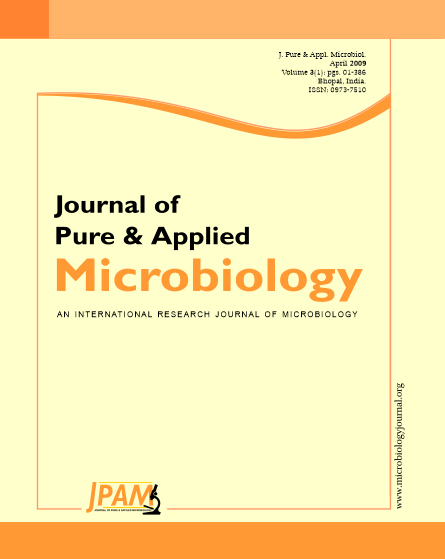The genetic diversity studies were conducted in 10 isolates of Anabaena spp. Those were morphologically discriminated two groups, each containing five Anabaena species based on the proximity of the akinetes to heterocyst, adjacent to or away from the spore in the trichome. Genetic diversity among strains tested was determined with banding patterns from the restriction fragment length polymorphism (RFLP) of the 16S rRNA gene have been used to examine the Anabaena spp. Genetic distances between the ten strains tested by RFLP analysis of 16S rRNA genes using three different enzymes Viz., Xba I, Taq I and Hae III were used to construct cluster analysis. The clusters for three different enzymes yielded heterogenous groupings of the morphotypes and resulted in unclear delineation of tested organisms.
Cyanobacteria, Anabaena, 16S rRNA gene, Restriction fragment length polymorphism (RFLP), Phylogeny, Taxonomy
© The Author(s) 2009. Open Access. This article is distributed under the terms of the Creative Commons Attribution 4.0 International License which permits unrestricted use, sharing, distribution, and reproduction in any medium, provided you give appropriate credit to the original author(s) and the source, provide a link to the Creative Commons license, and indicate if changes were made.


